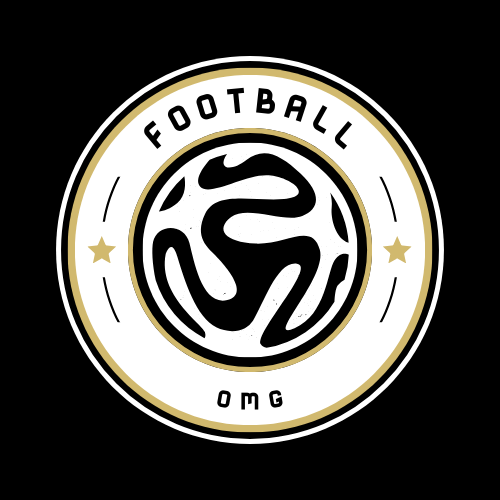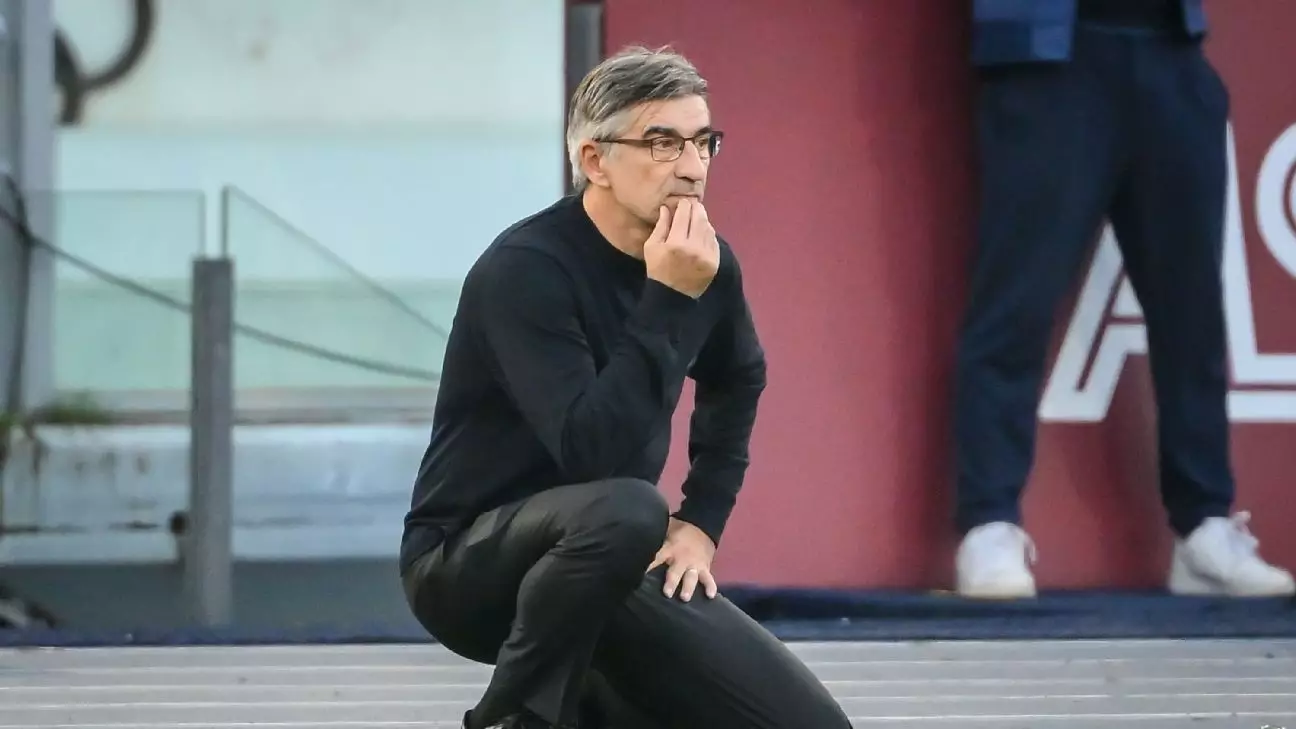On a day filled with disappointment for the AS Roma fanbase, the club announced the departure of head coach Ivan Juric, marking a significant turning point for a team struggling to find consistency in Serie A. Juric, who was only appointed in September, became the second coach to be dismissed this season, following a string of disappointing results that culminated in a damaging 3-2 defeat at home against Bologna. This loss was Roma’s fourth in five league outings, leaving them languishing at a troubling 12th position in the standings. In an official statement expressing gratitude for Juric’s efforts, the club emphasized the challenging environment he faced and initiated a search for his successor, underscoring the urgency of their situation.
When Juric took the reins at AS Roma, he inherited a team that was still recovering from the chaotic managerial changes of the previous months. His appointment followed the dismissal of Daniele De Rossi, another short-lived experiment, who himself had succeeded the high-profile Jose Mourinho after just months in charge. The turbulence surrounding the managerial role at Roma highlights the club’s ongoing struggles to stabilize both its playing philosophy and team performance.
Despite starting strong with two consecutive home victories over Udinese and Venezia and a draw against Athletic Club in the Europa League, Juric’s momentum dissipated rapidly. As their league form faltered, so did the team’s morale. This was compounded by injuries, notably the absence of star striker Paulo Dybala in Juric’s final match, leaving Roma to create numerous opportunities but ultimately fall short against a Bologna side that seized their chances with clinical precision.
One of the core issues that emerged during Juric’s tenure was his tactical approach. His preference for a man-to-man marking strategy and a 3-4-2-1 formation seemed ill-suited for a squad that typically thrived on a more possession-oriented style, granting freedom to players to express their creativity on the ball. While this formation achieved early success, it quickly became apparent that opposing teams could exploit Roma’s structural weaknesses. This tactical inflexibility contributed significantly to the mounting pressure on Juric, culminating in defensive lapses that turned promising positions into goals conceded.
The defeat against Bologna exemplified these shortcomings. Although Roma demonstrated attacking intent and generated a plethora of chances, defensive errors proved to be their undoing, exposing their vulnerabilities at critical junctures. It is evident that Juric struggled to adapt his tactics to the needs of his team, which ultimately stunted Roma’s ability to secure results in an increasingly competitive league.
The Road Ahead: New Opportunities and Challenges
With Juric’s exit, AS Roma faces the urgent need to reassess its managerial strategy and make a pivotal decision on the next head coach. Reports suggest that former national coach Roberto Mancini is in discussions with the club’s owners to take charge. Bringing in Mancini, a seasoned tactician with experience at the highest levels of football, could signal a fresh start for the Giallorossi and offer new hope for a struggling squad eager for stability.
Looking forward, Roma is presented with a challenging fixture list immediately after the international break, including a clash with league leaders Napoli and a crucial Europa League tie against Tottenham Hotspur. The outcomes of these matches will be telling regarding Roma’s ambitions for the season and their capability to bounce back from a troubling start.
The sacking of Ivan Juric serves as a stark reminder of the volatility inherent in elite football management. As AS Roma embarks on the search for a new leader, it is imperative that they strive for consistency, strategic alignment, and an adaptable playing style to foster a renewed sense of ambition and direction in the Serie A landscape. The upcoming weeks will undoubtedly be a litmus test for the club’s resolve, aspirations, and capacity for growth.

